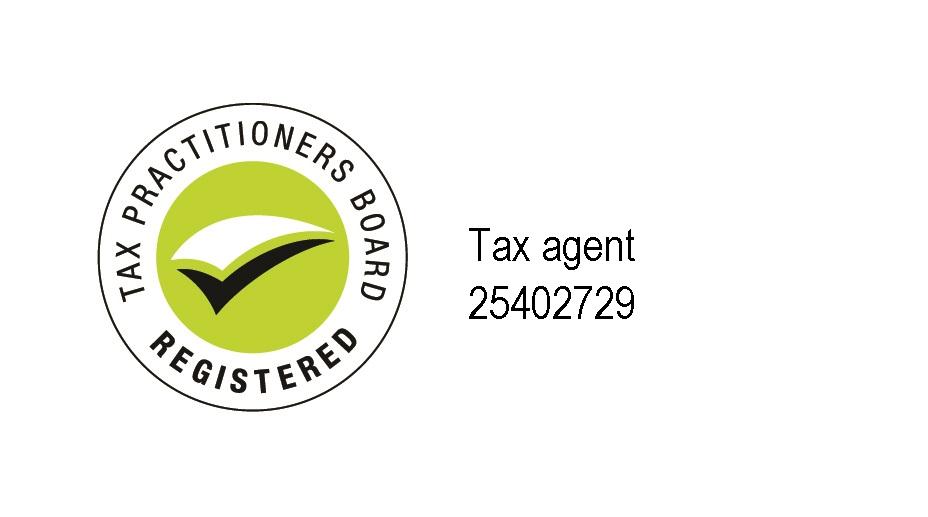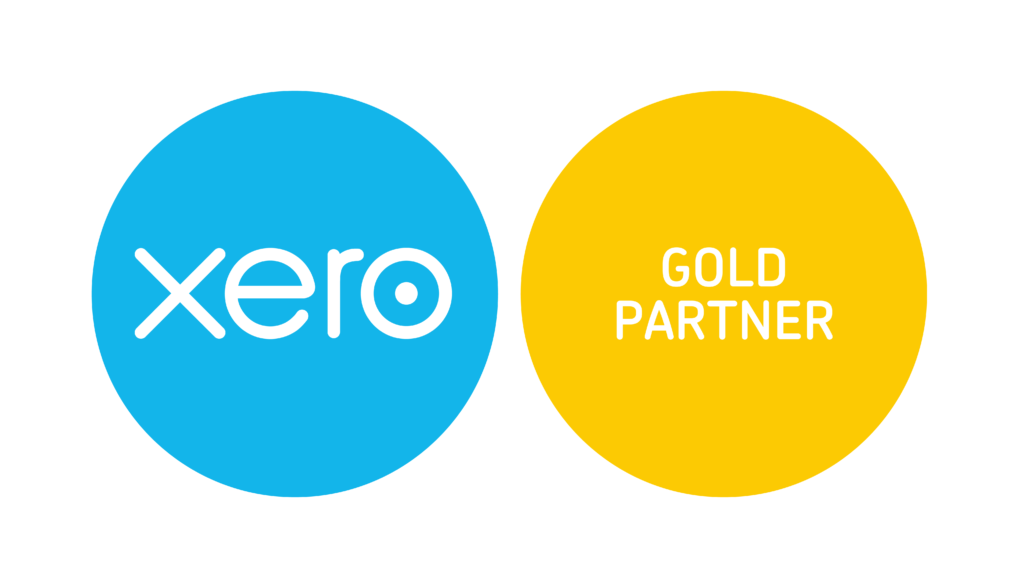How to use inventory to maximise your tax benefits

Key Points:
- Writing off inventory involves removing the cost of ‘no-value’ inventory items from the accounting records.
- Unsold inventory is an asset on your balance sheet and, can also be used as a reduction of your gross receipts.
- The first thing to do is clean-up of your trade debtors, fixed asset register and inventory.
Full Article:
Inventory or ‘stock on hand’ is something any business selling a product will deal with on a day-to-day basis. And mistakenly, some people believe that inventory is a line-item that they can deduct on their taxes. Unfortunately, that is not true. Unless you sell inventory, its value is not directly taxable.
The starting and ending position of your stock is used as part of calculating the cost of goods sold, to determine your taxable profit. Therefore, unsold inventory is an asset on your balance sheet and, can also be used as a reduction of your gross receipts. This means that inventory can decrease your ‘taxable income’ and, dependant on the status of the stock, can entitle your business to a tax deduction.
In order to do this, the first thing to do is clean-up of your trade debtors, fixed asset register and inventory. This can result in significant savings. Furthermore, planning to take advantage of the various capital expenditure concessions and prepayment rules can save you even more tax dollars. With June 30 just around the corner, this is the right time to start the process.
Consider Inventory Write-Off
Do you have inventory that is obsolete or has been subject to theft? If so, you should consider writing it off.
As a business owner, you are entitled to a tax deduction for stolen or obsolete stock, as the closing value of your inventory forms part of your assessable income. The lead up to the end of financial year is the perfect time to review your stock list for obsolete or slow-moving stock and consider whether it should be written-down or written-off completely prior to 30 June. Please note, that while a provision for obsolete stock is not deductible, specific stock written off is deductible.
Writing off inventory involves removing the cost of ‘no-value’ inventory items from the accounting records. Inventory should be written off when it becomes obsolete or its market price has fallen below the cost at which it is currently recorded in the accounting records. The amount to be written-down should be the difference between the book value (cost) and the amount of cash that the business can obtain by disposing of the inventory.
If stock is damaged or broken during the financial year and is unsaleable, it should be immediately written-off. This will ensure the current inventory is accurate as to quantities on hand and its respective valuation. This write-off will provide a tax deduction in the year the stock was written-off.
It is also worth noting that the business can value the remaining stock-on-hand at actual cost, replacement value or market selling price, which could potentially provide a tax saving. The use of a different valuation method may result in a reduction of the business’s taxable income.
Semmens & Co recommends all business owners review their inventory reports in the coming months to determine what is slow moving or obsolete and, ensure the write-off is decided before 30 June, to allow for a tax deduction claim this financial year.
As we have noted previously, paying tax isn’t a bad thing and all businesses need to meet their tax and compliance obligations. But ensuring you clean-up your financial ledger and claim for write-off and obsolete inventory ensures that you only pay what you are required to and capitalise on the benefits.
If you have any questions or need advice and clarity specific to your business, feel free to contact Semmens & Co on 03 8320 0320 for a free consultation.







